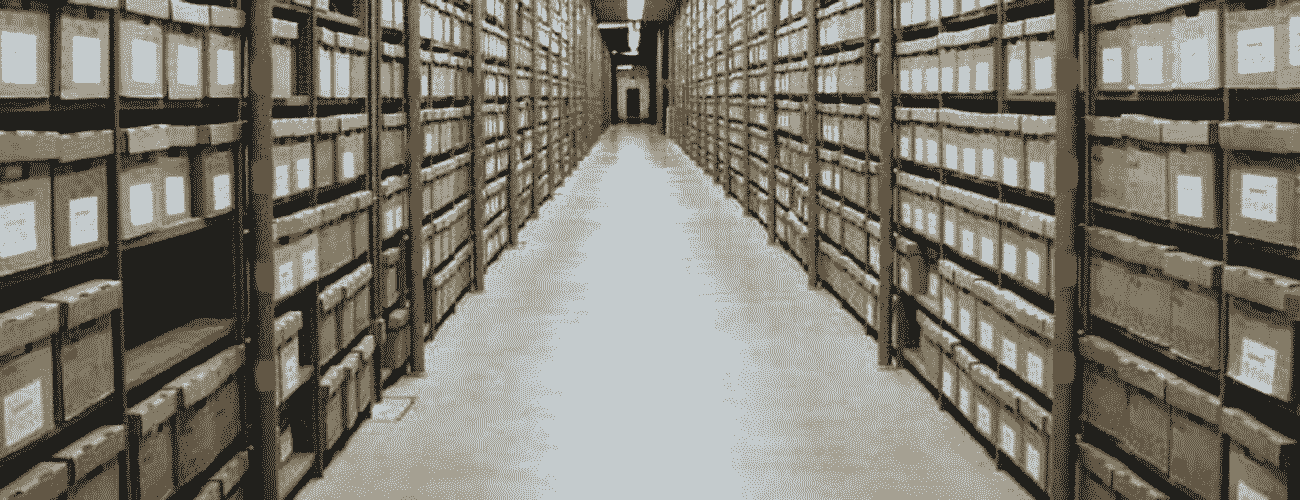Last week, I made a visit to the Historical Society of Pennsylvania to look at collection pertaining to one of my current research project. I wish I would have read the article by Laura Schmidt prior to my visit! Though this was not my first time visiting or doing research in an archive, I have never been specifically trained in how to use an archive for research. When I was completing my undergraduate program at UNC Pembroke, I was fortunate to have a professor who valued public history. This professor took us on several field trips to various archives, including the North Carolina State Archives and the Georgia Historical Society. During these trips, I was able to gain a better understanding of how archives functioned from a technical standpoint – how the records are stored, how they are taken care of, etc.
The first time I went to an archive by myself to do research was probably three years ago for an internship I was doing at Pennsbury Manor. For the internship, I was sent to a number of archives in the greater Philadelphia area, and arrived mostly clueless and slightly overwhelmed. I really had no understanding of how to identify the appropriate materials for my project. Thanks to some great archivists, I was able to obtain what I needed while getting a better sense of how archives function. As I have been progressing in my academic career, archival research is a necessity, and feel much more comfortable and confident doing it.
After reading the chapter, “Access and Use” by David Bearman, I am starting to think about how others use or don’t use archives. While I am building up an increased sense of confidence in being able to navigate archival collections, I question whether or not people outside of the academy have the same opportunity. Bearman notes that scholars are the preferred users of archives by archivists, even though most archives are supposed to be welcoming to the public. However, most archives are not realistically useable for the average person who makes up “the public.” Most archives have restrictive hours that make dedicated visits difficult for those who work the typical 9 to 5 job. Archival visits require planning and preparation and use of materials is restricted to the confines of a reading room, which many people don’t have time for.
Overall, it is important for institutions and archivists to evaluate who they exist to serve. Is this being done? If not, how can this be improved?
